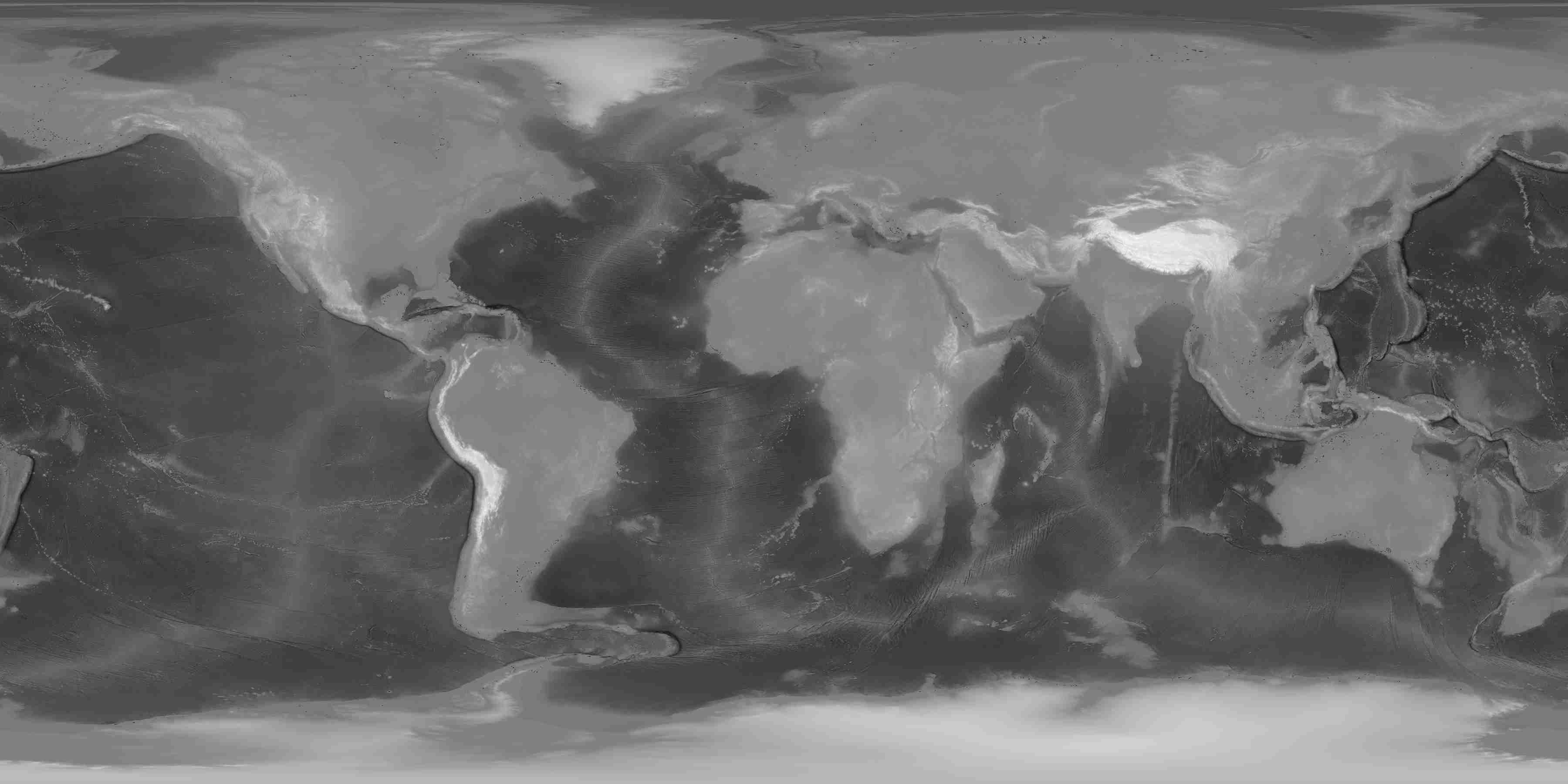CNC

For me, this project idea was inspired by river tables, a beautiful style that uses live edge wood to mimic the bank of a river. Below is an example of a live edge river table.

source:Etsy
Live edge table are expensive to produce because the live edge wood to produce it is much more expensive than milled lumber. For that reason I am trying to reproducce the "live edge" style using CNC. Rather than using the bark of a tree to form the edge, I am using the geometry of the earth's bathometry and topology, which is equally as natural-looking.
NASA has very high resolution bathometry and topology maps of the planet, which are shown below repsectively (at reduced resolution).


These 2 images were combined using Gimp, to produce a topolgy map as if the planet's oceans were drained, as shown below (at reduced resolution).

Blender was a able to take this bitmap and displace it to produce a 3D surface of the earth with "drained oceans" (the oceans will be filled in later with epoxy).

This surface was used to create a 3D model for G-code generation. The rest of the table (the legs and braces) were designed in Solidworks.
Each part of was laid out onto a virtual piece of stock to confirm that it would fit. The diagram below shows the cutting layout of each peice.

Assembly of the table uses tabs and glue.
G-code Generation using Solidworks CAM
